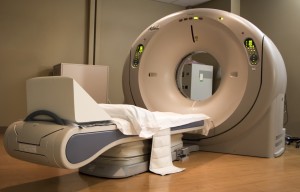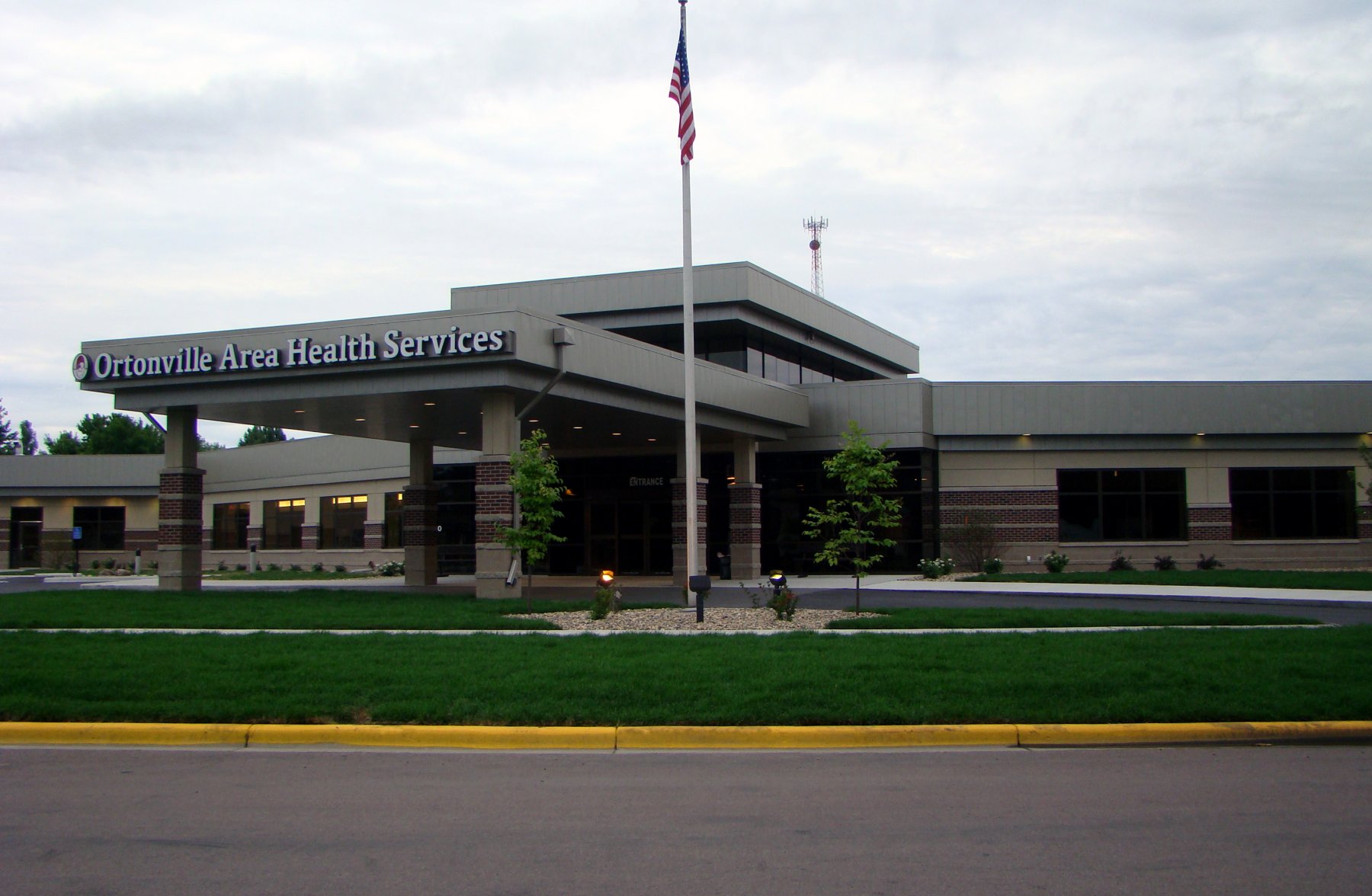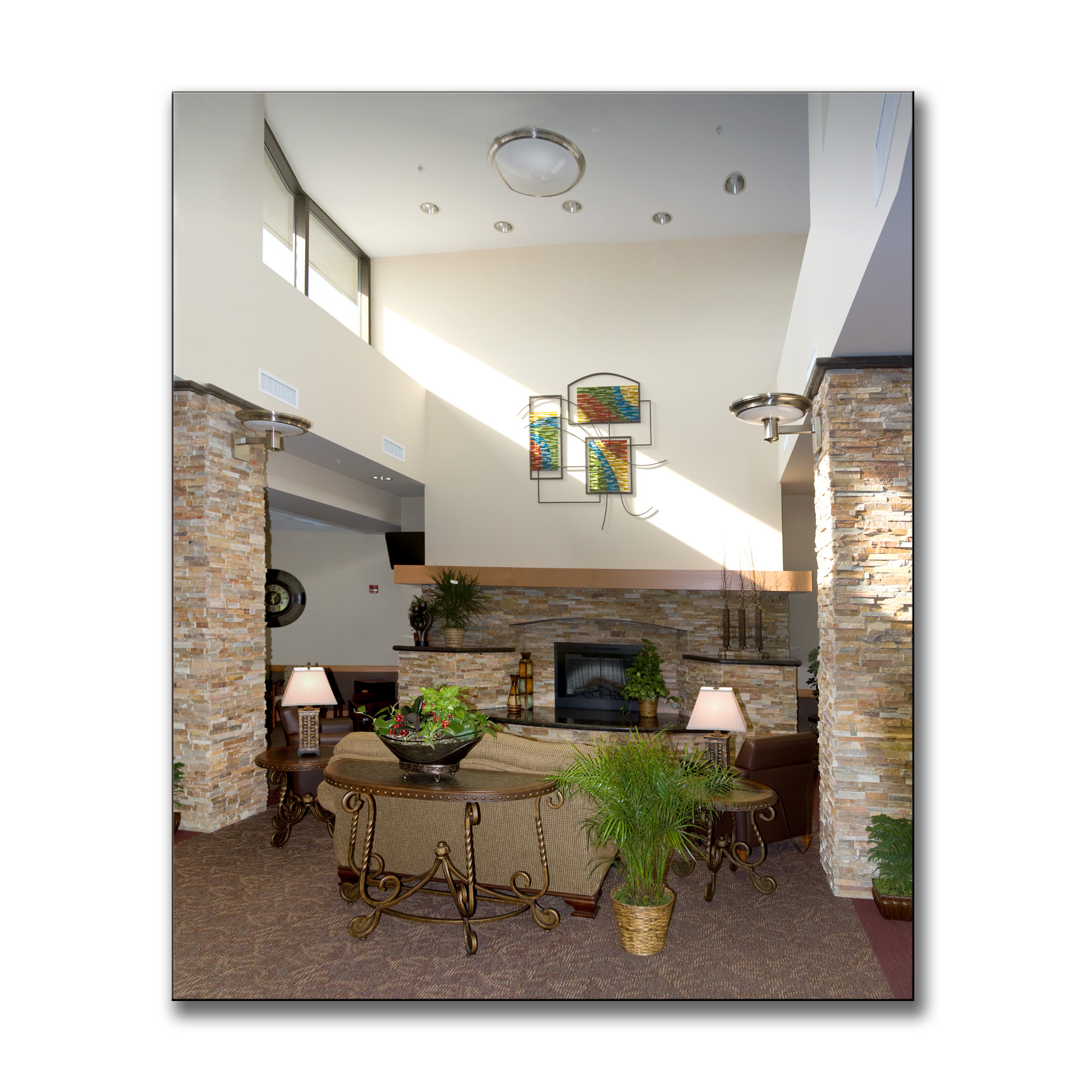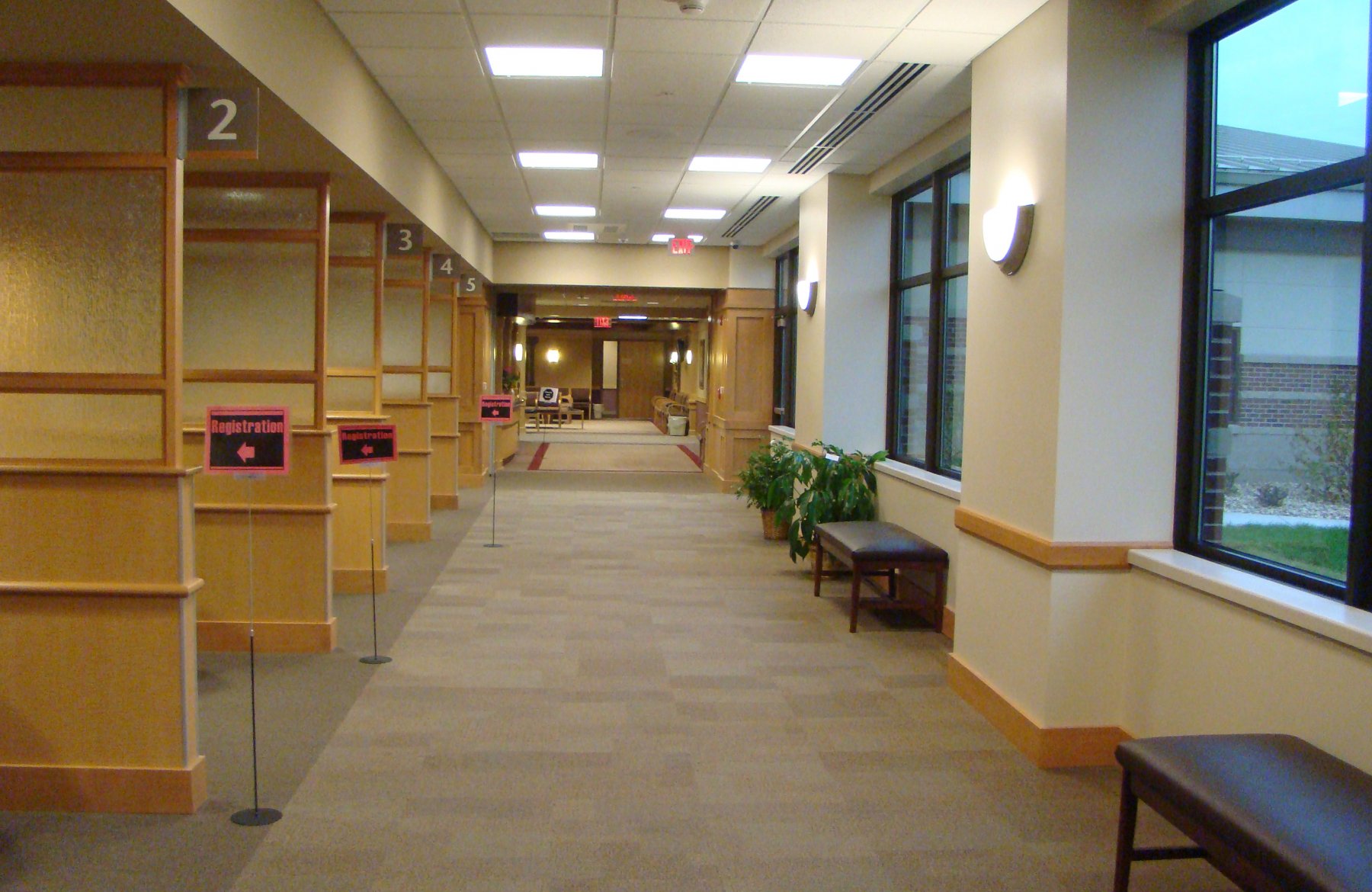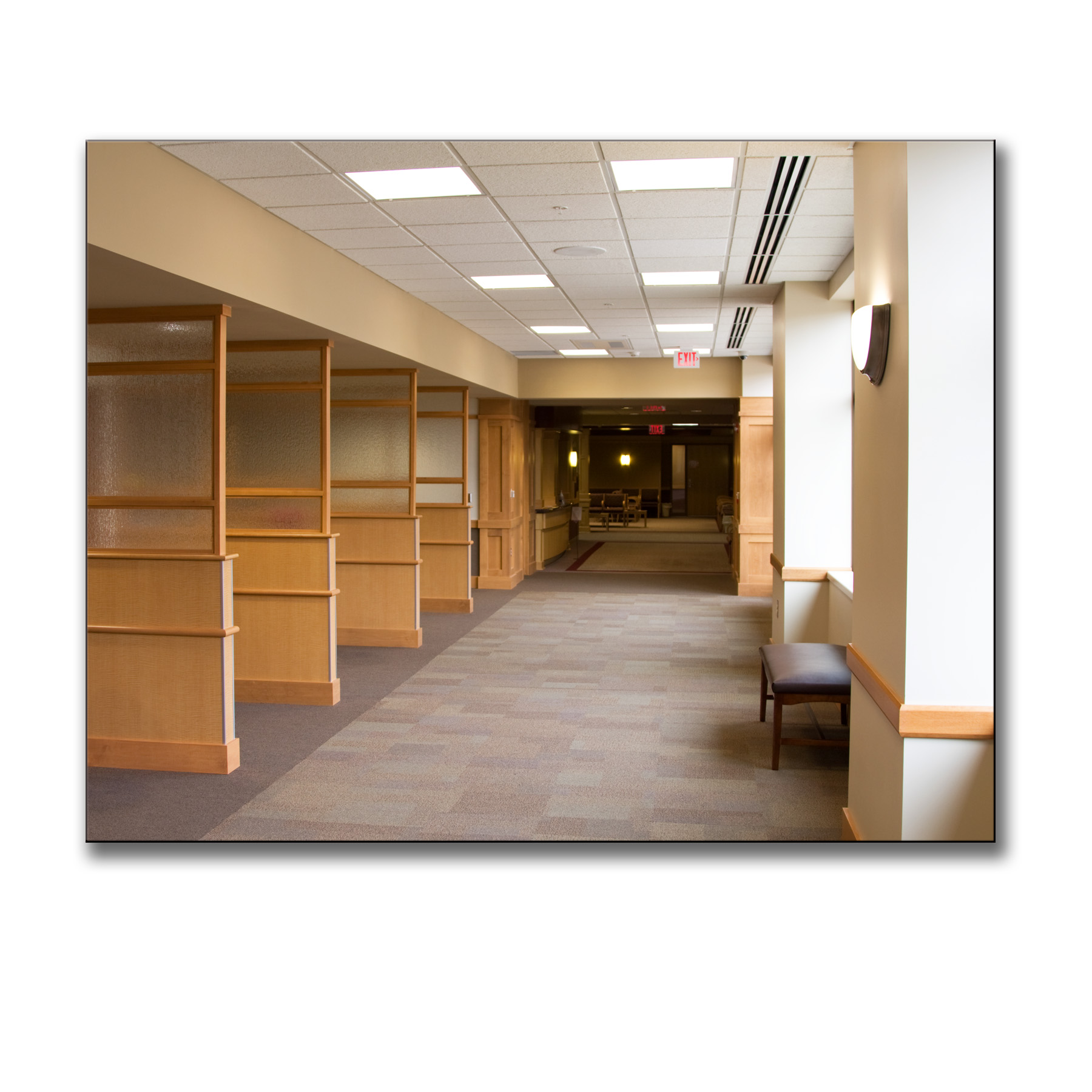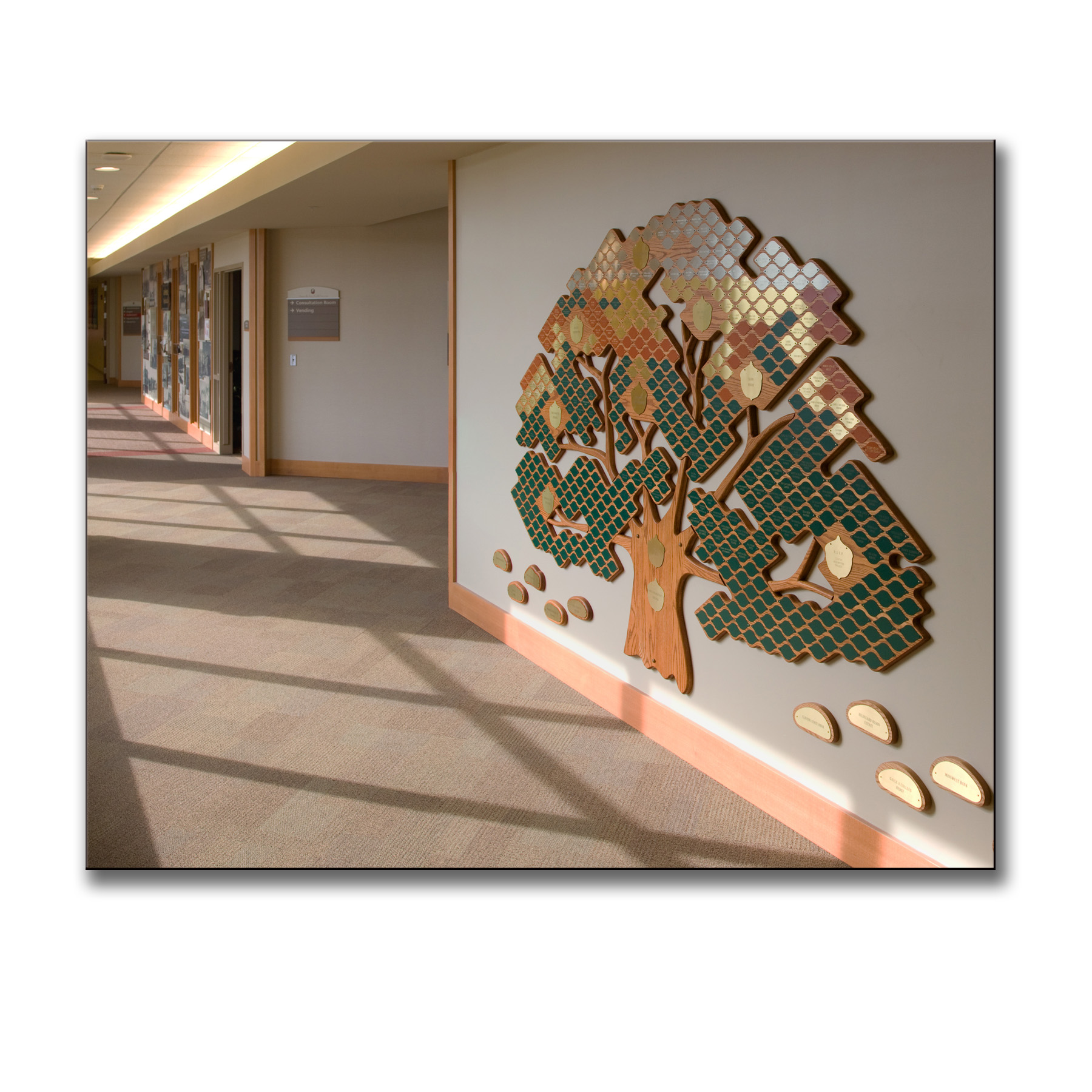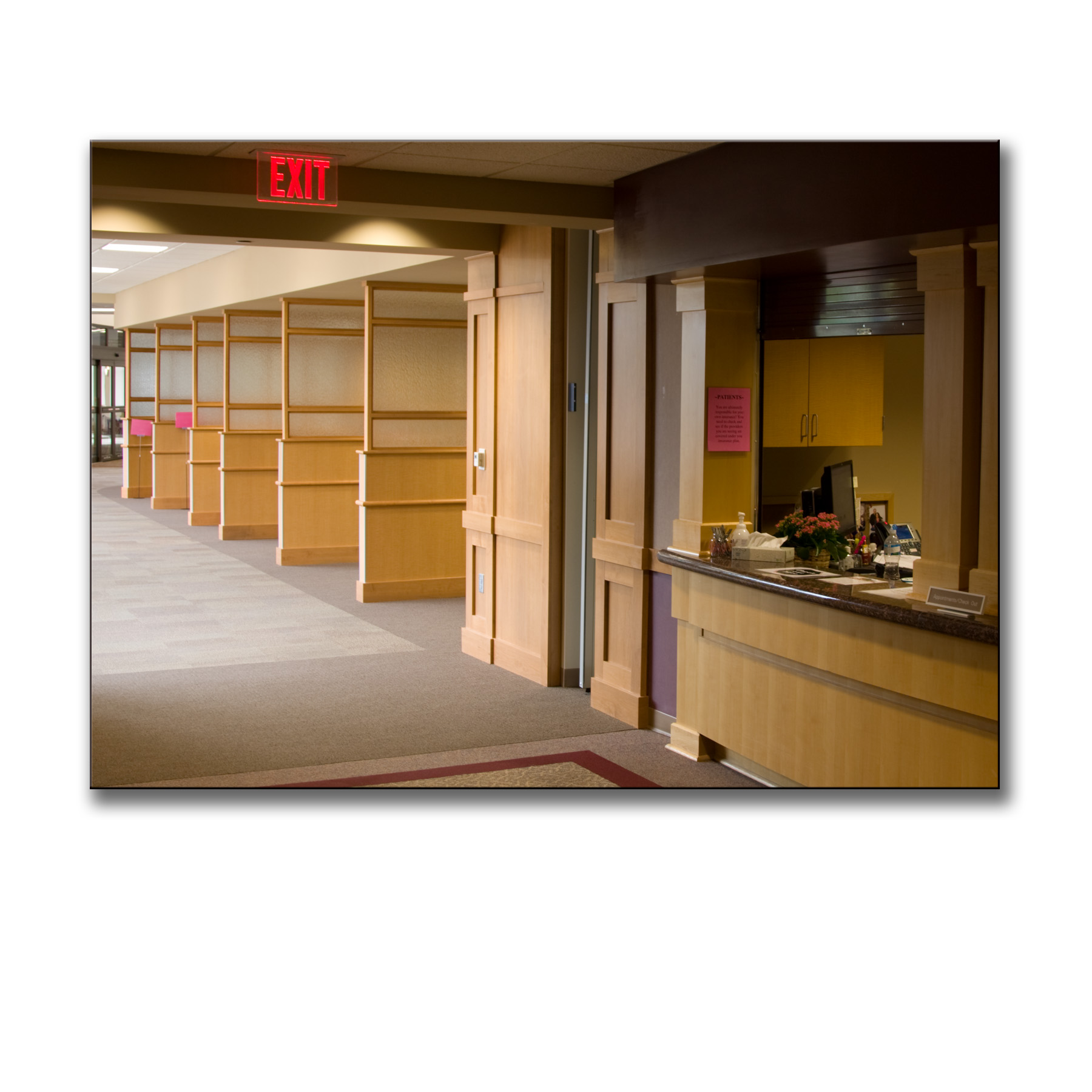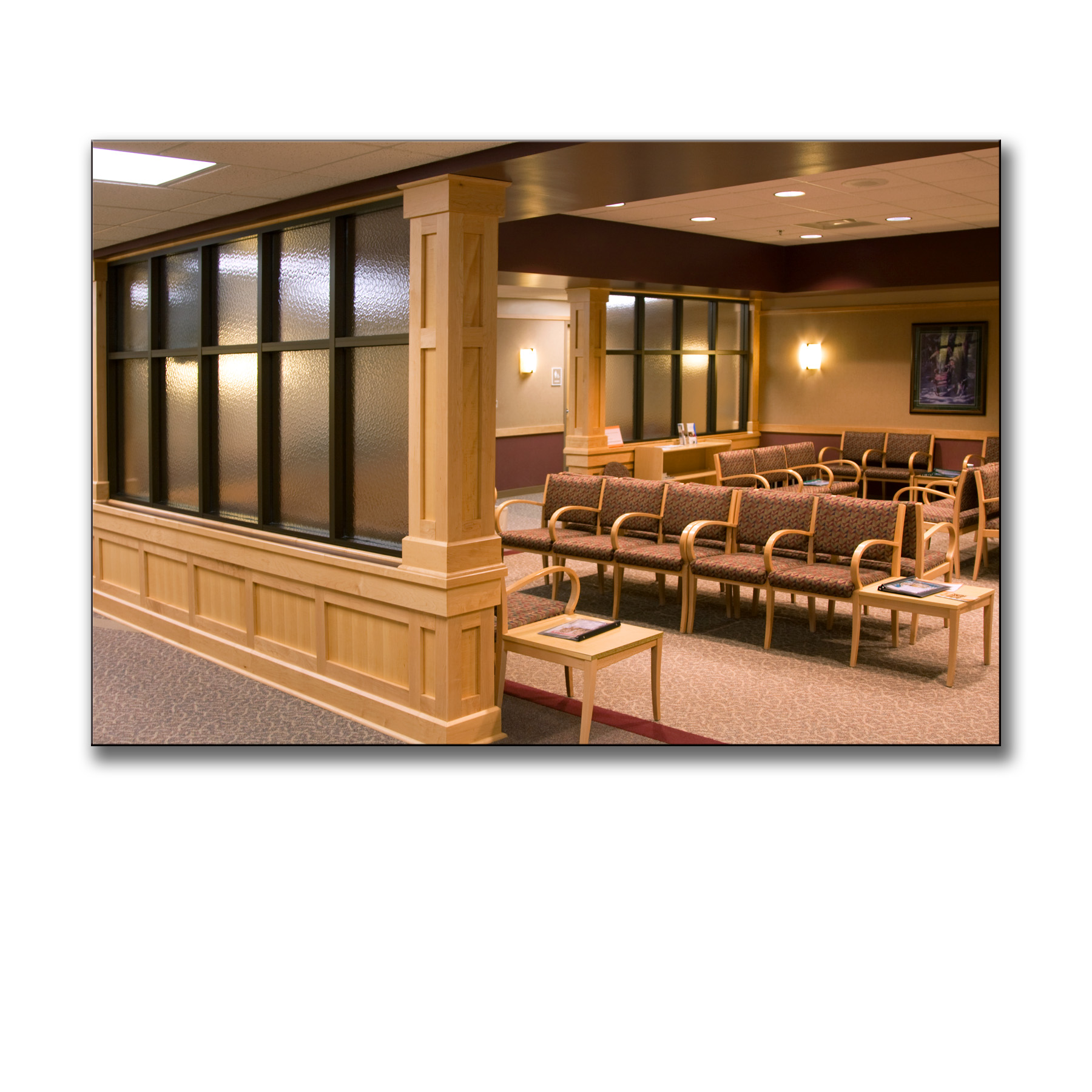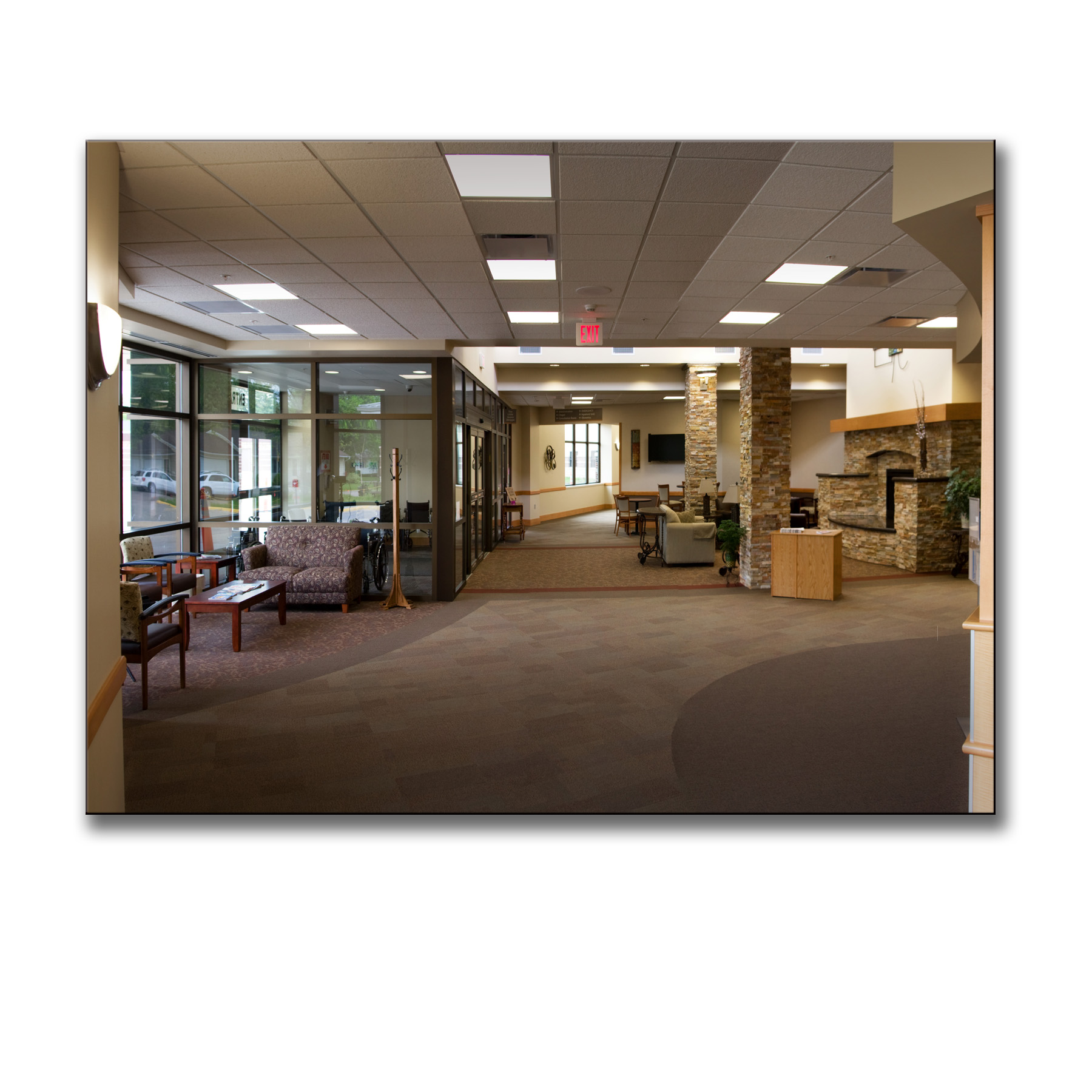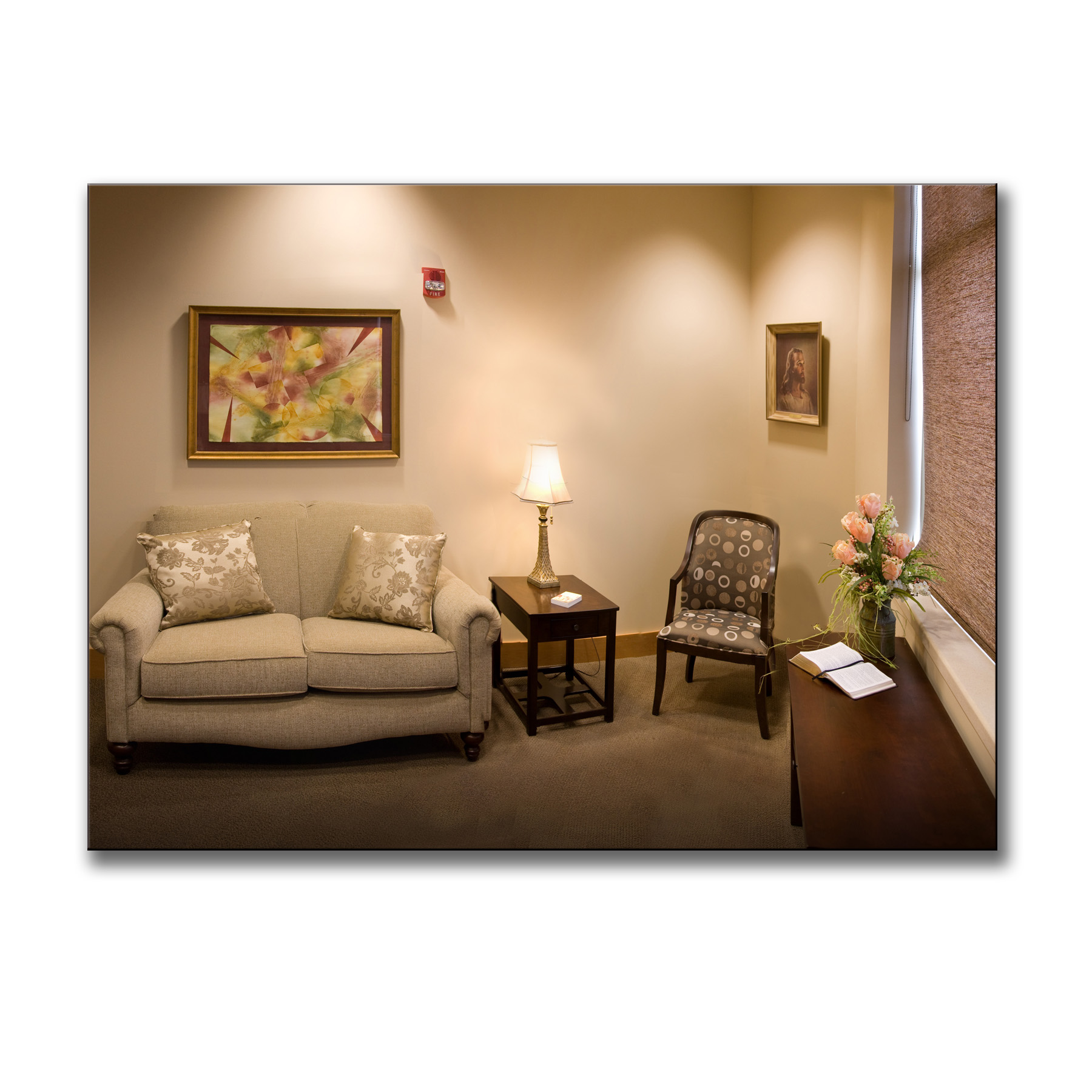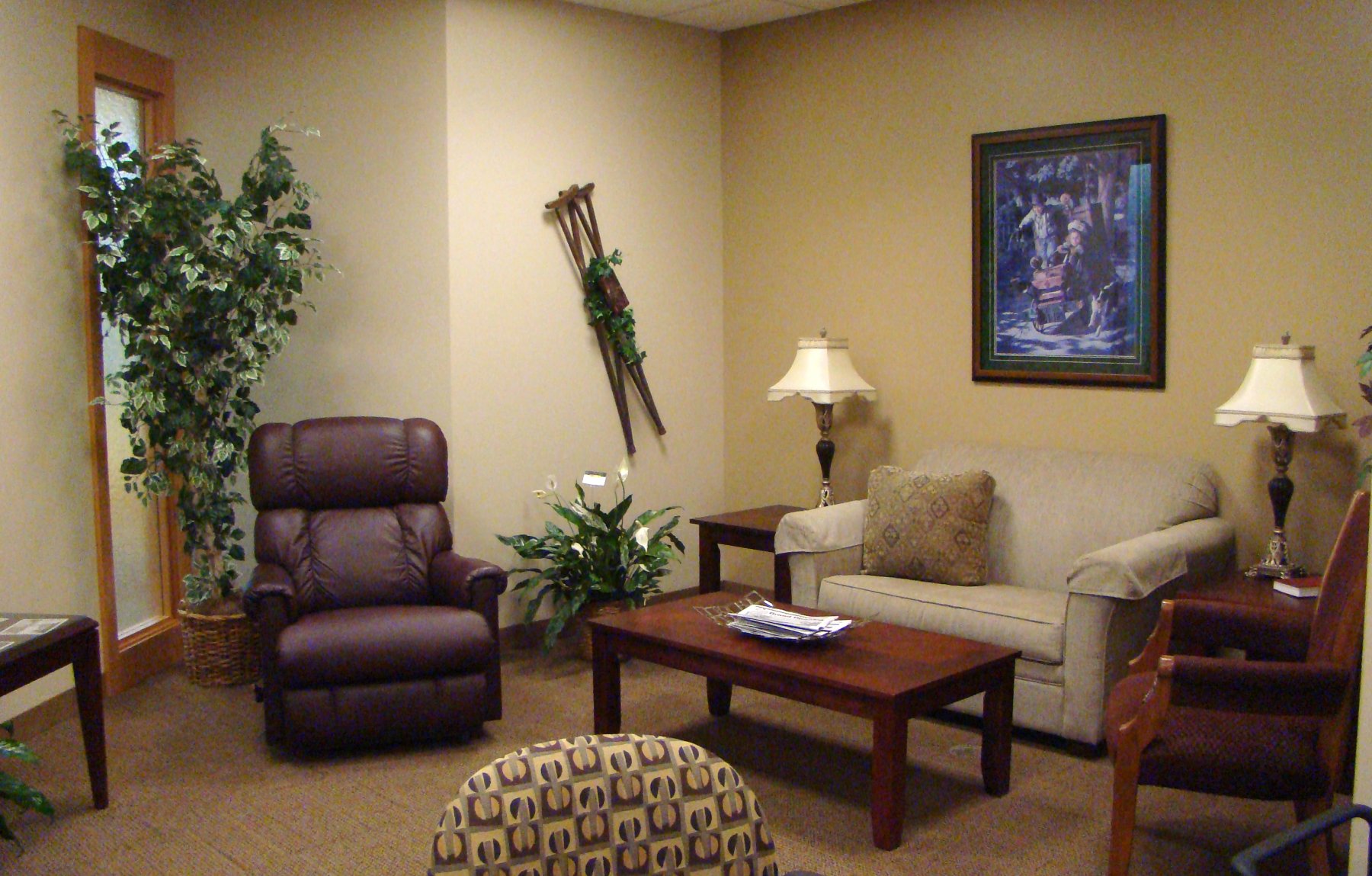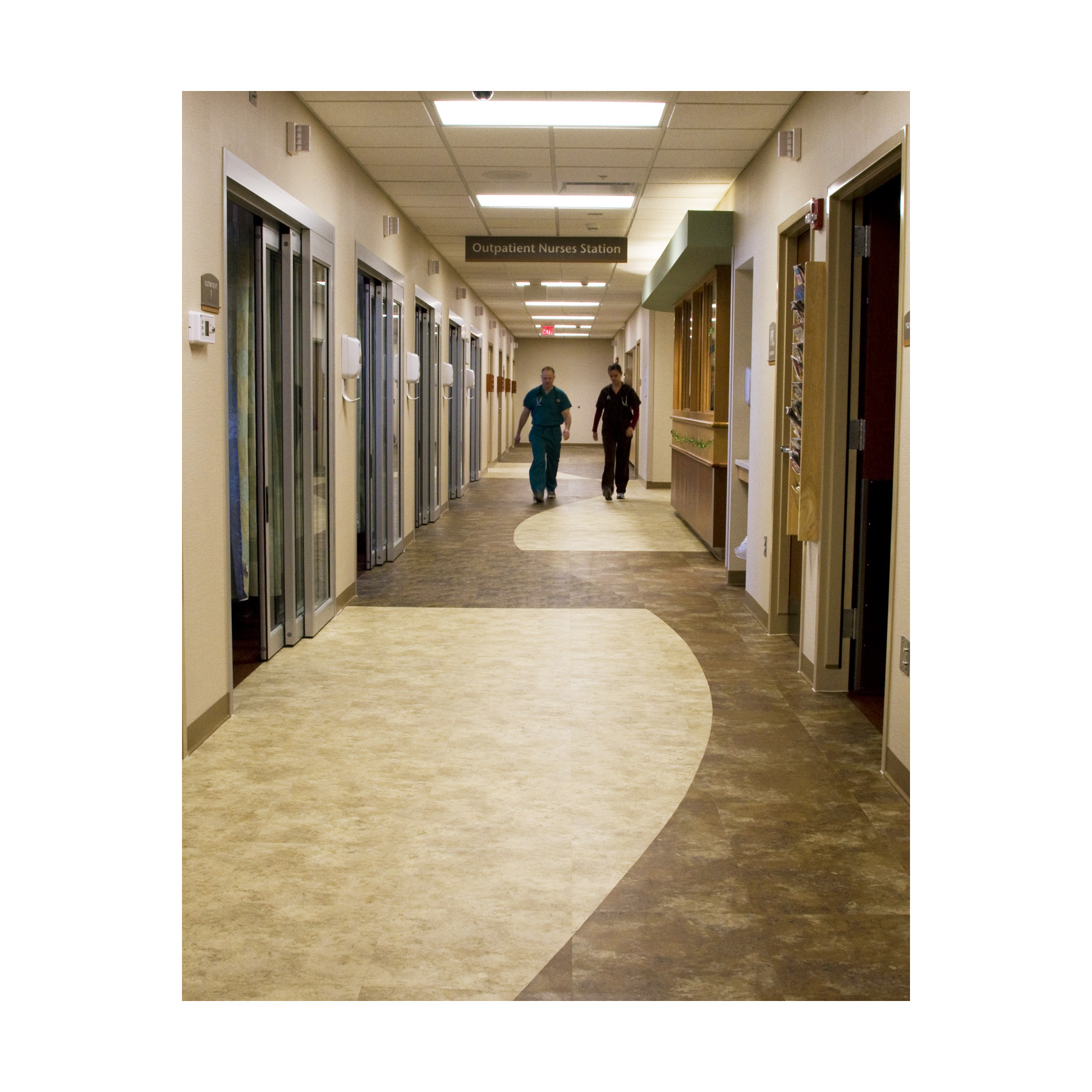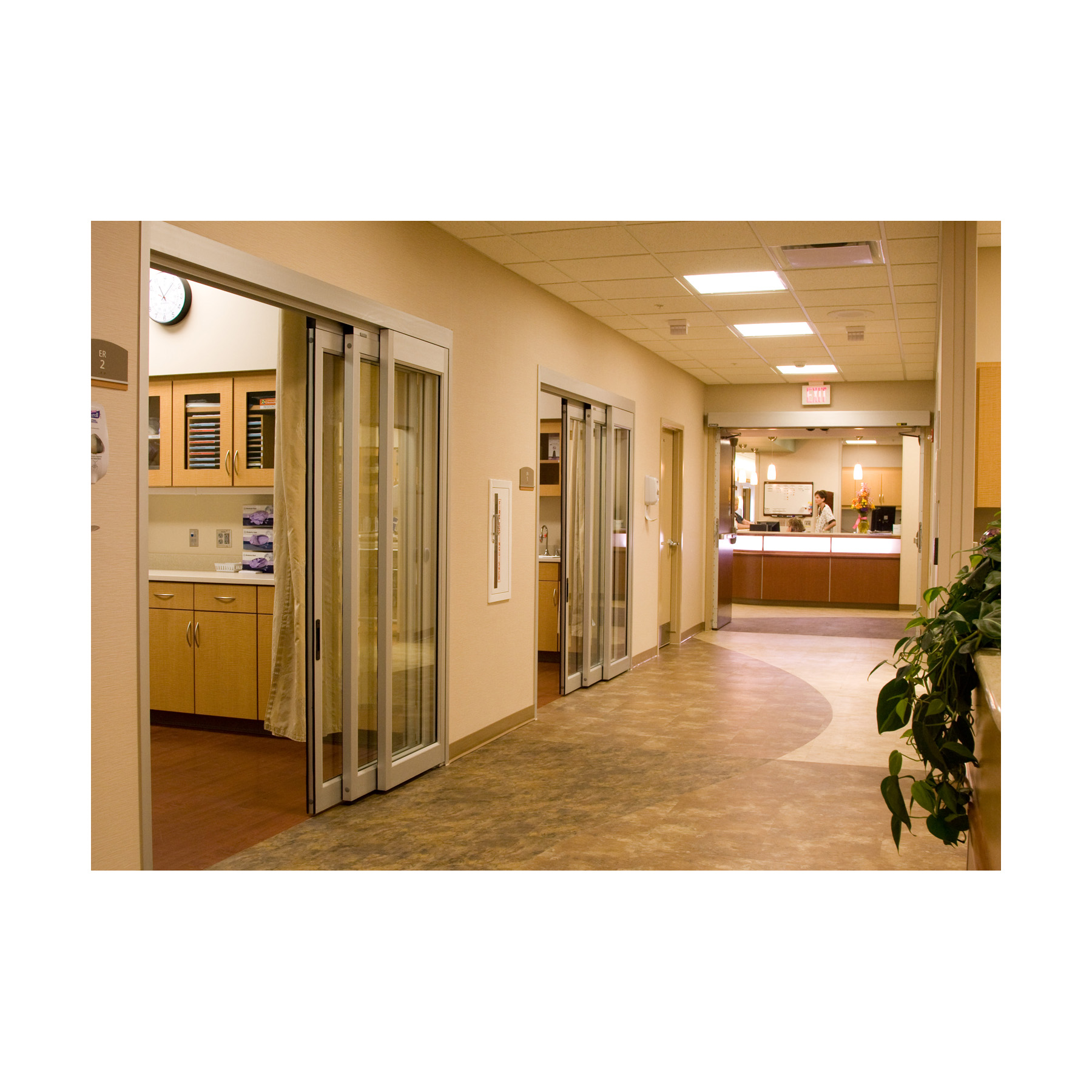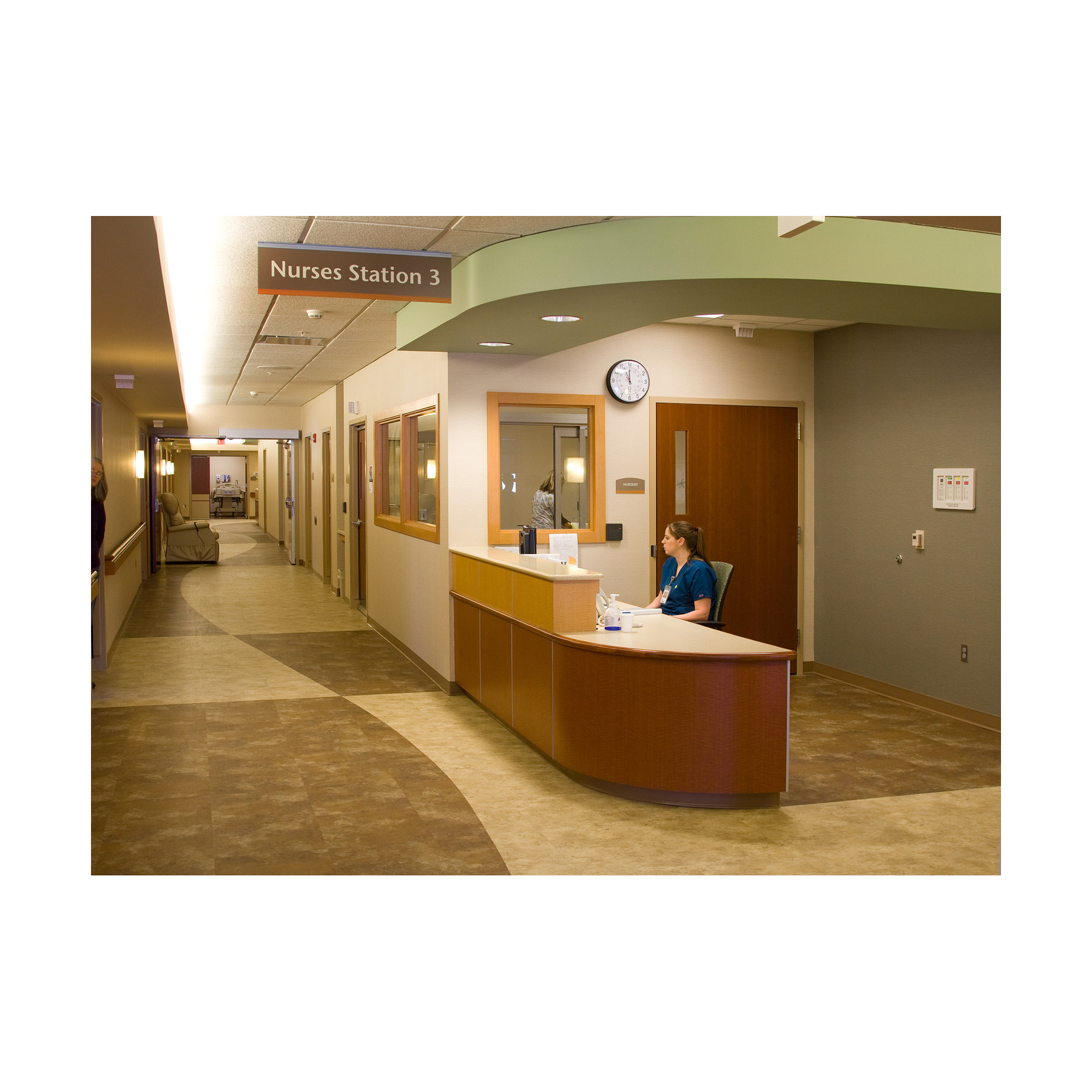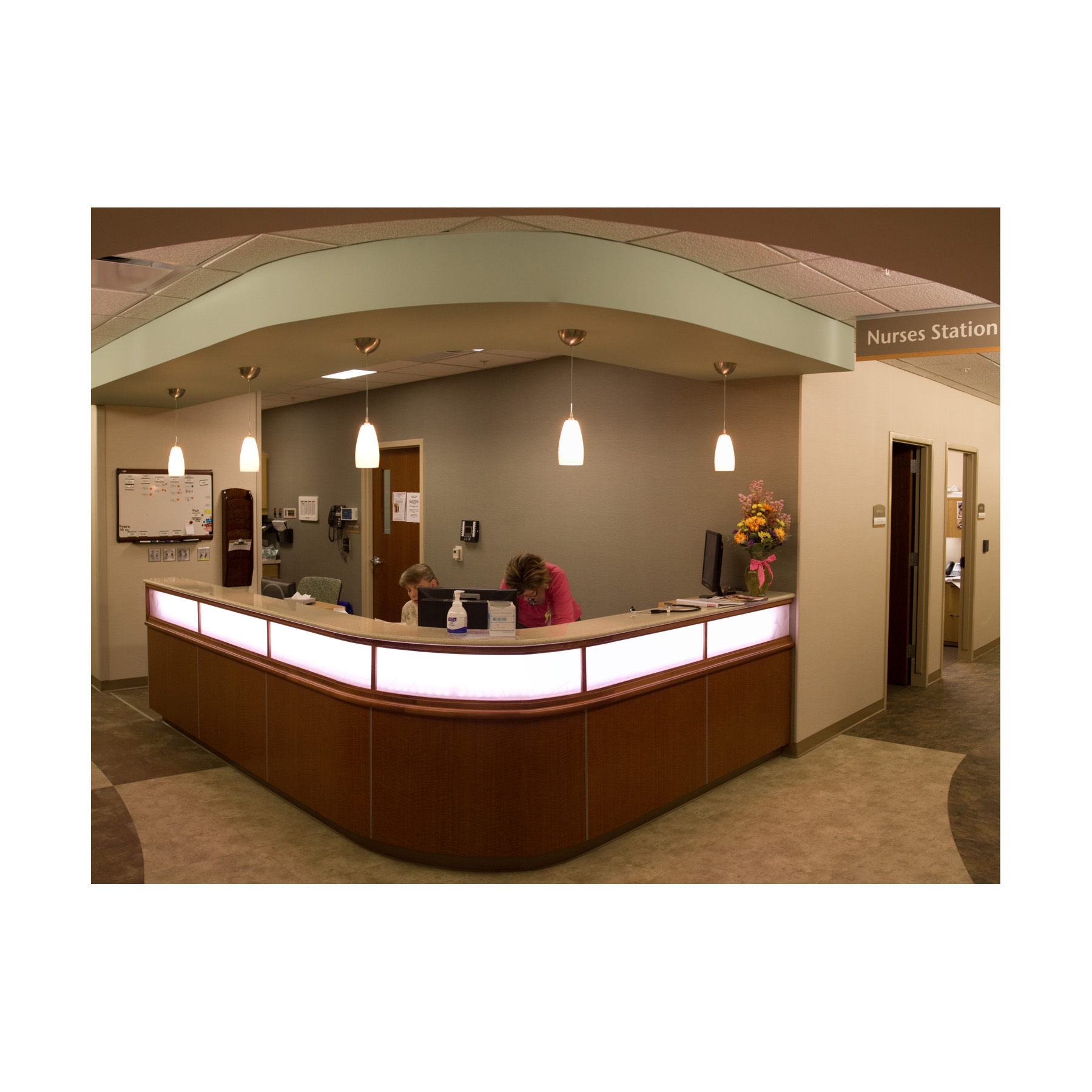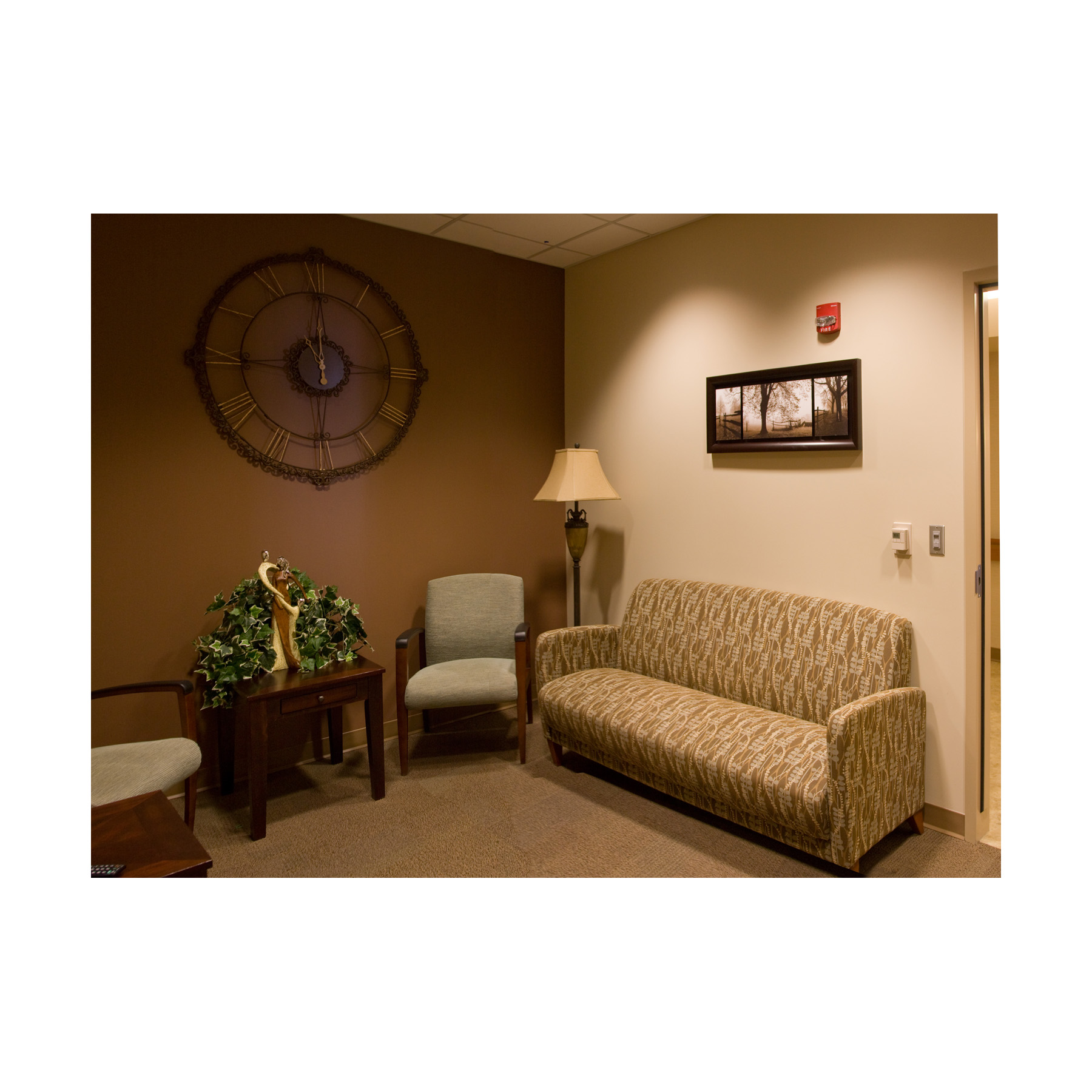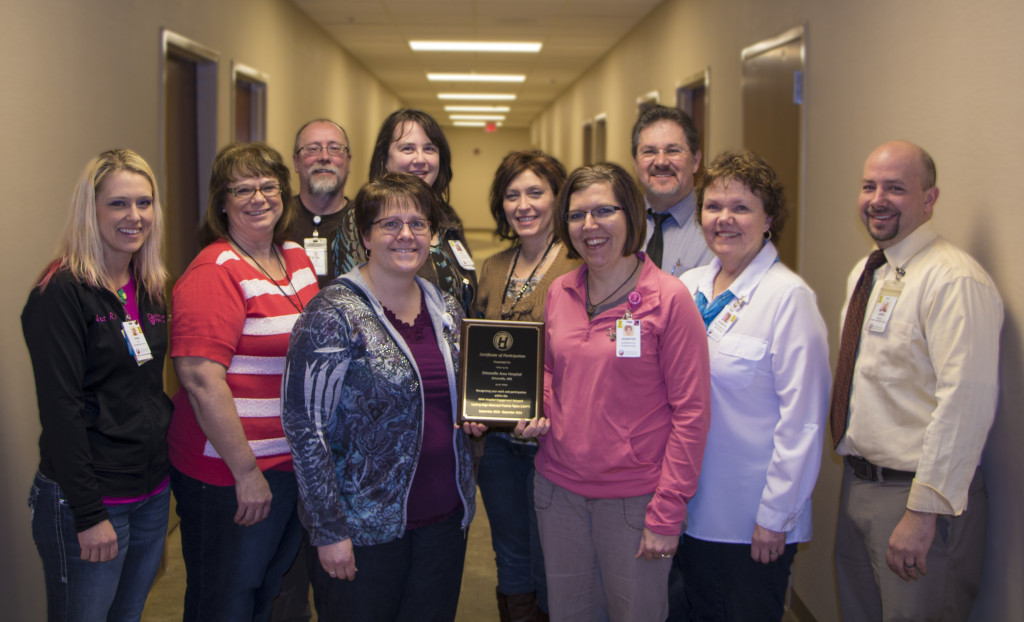
From Left to Right: Sara Tollakson, Cindy Jorgenson, Tim Swenson, Liz Sorenson, Twila Mursu, Kim McCrea, Jennifer Wiik, Rick Ash, Jeanette Felton, and John Thomas.
Ortonville Area Health services recently completed an 18 month grant that supported their resiliency training for the organization. Other topics the LEAPT grant dollars focused on was creating a hospital culture for safety that integrates with patients and employee safety.
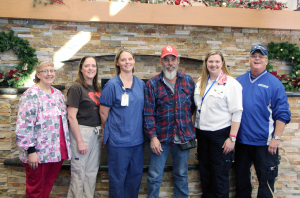
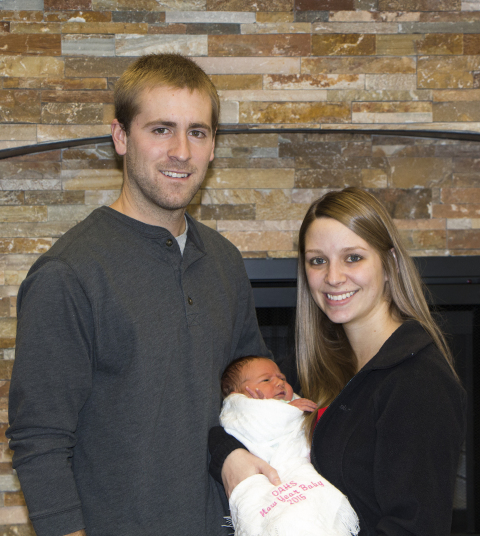
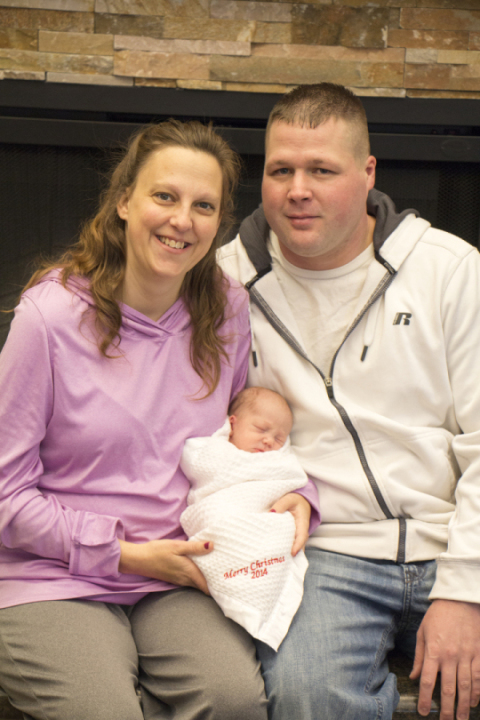
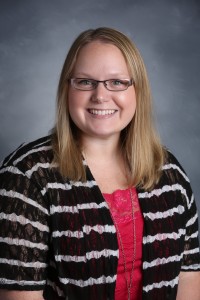
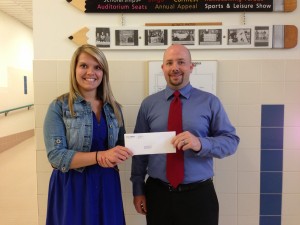 Ortonville Area Health Services and Sanford Health Network Scholarship Program announces that 2013 Ortonville High School graduate, Cassandra Sorenson, is one of the 18 recipients of the Sanford Health Network Scholarship Program. The Sanford Health Network partners with local health care systems such as Ortonville Area Health Services to award various scholarships. Cassandra was awarded a $2000 scholarship based on health care career choice, grade point average, application and essay. Cassandra has been accepted into the Swenson College of Science and Engineering at the University of Minnesota Duluth campus and will be majoring in Pre-Medicine.
Ortonville Area Health Services and Sanford Health Network Scholarship Program announces that 2013 Ortonville High School graduate, Cassandra Sorenson, is one of the 18 recipients of the Sanford Health Network Scholarship Program. The Sanford Health Network partners with local health care systems such as Ortonville Area Health Services to award various scholarships. Cassandra was awarded a $2000 scholarship based on health care career choice, grade point average, application and essay. Cassandra has been accepted into the Swenson College of Science and Engineering at the University of Minnesota Duluth campus and will be majoring in Pre-Medicine.